The young Mozambican architect Adamo Miguel Murrombe conceived the project “Benga, village of the future” and received the first research grant from the Academia Maputo Fast Forward, which enabled the further development of the idea and the subsequent exhibition during the MFF Festival in October 2024. A year after the project was presented, we sought to understand the impact of Benga, from the architect’s imagination to the different possibilities of interpreting the findings obtained during the research. But what we discovered in our interview with Adamo Murrombe is that it is necessary to construct other narratives to value local knowledge and resources in the face of globalization, which tends to erase differences or at least dilute them.
You were the first recipient of the Academia MFF research grant. How did you participate in this process, and what preceded the decision to apply?
– I had already been developing research independently, so for me, the concept behind the MFF Academy research grant seemed too good to be true. Since it was my first time at the Academy and my first contact with the MFF in general, it all began with skepticism. Coupled with the calculating and slow bureaucracy, this only increased my skepticism.
But why this skepticism?
My topic is a bit counterintuitive. At a time when the future is so closely linked to global ideas like automation, big data, robotics, and AI, talking about local (traditional) knowledge as the foundation for building a future is a bit counterintuitive. However, to my surprise, I was impressed by the curators and, in general, by the team. They shared some of these ideas with authority, combined with talent. This facilitated interaction and created a certain synergy that accelerated and humanized the process in ways that no bureaucracy can predict or plan. The research went very well, and I had the freedom to develop it as I expected.
This is the part that involves the decision to apply and the interaction with the curators or advisors. And what about the final stage, the presentation of the results?
– A more academic presentation was planned as part of the MFF Festival program, which was not possible due to the post-election protests. However, I did present an art installation that was very well received, with guided tours for the public to explore, along with paintings and my field notebooks.
And what memories, from the past year, do you have of these moments of dialogue between the public and other participants?
– It was an excellent and extremely motivating moment. The cosmopolitical nature of the event allowed for distinct and international-quality feedback (which I can only compare to other events of the same nature outside the country). For example, Professors Achille Mbembe and Rolando Vazquez provided positive and very encouraging reviews. Another great piece of feedback came from young people who interacted with the work en masse. Some participated in two or three rounds of guided tours, which reveals a passion for this subject. It was very motivating to continue my work independently.
How can I explain the approach taken to present Aldeia do Futuro and how people interpreted the project?
– Its presentation in the form of a work of art was very important, because not everything in visual expression can be translated into verbal language. That’s why I was present at the exhibition, to observe the visitors’ interaction (conversation in the realm of visual aesthetics). The public’s engagement and interaction with the work is an indicator that reveals that the values behind local (traditional) aesthetics have more than just “academic” or theoretical relevance, but the potential to take on forms that contemporary people can identify with and be moved by.
It is with this concern for practical application that the project evolved, branching out into two directions that I am developing independently.
In this one-year period, what has become of you and the project? In other words, how do you envision the “survival” of the Village of the Future, so that it won’t be forgotten?
– The first direction is to transform the research material into a book. The second point, arising from the following question, is that if the village of the future reveals the potential to utilize local solutions, then: why don’t we use local knowledge to solve our problems? I’m already conducting research and several essays on this topic (one of them titled “How Can Our Local Knowledge Save Mozambique and the World,” which I’d like to present at universities and spark debate).
At a time when crises are looming everywhere, what prevents us from looking inward, at our understanding?
This question is fundamentally epistemological; that is, there is a certain skepticism toward local knowledge, and paradoxically, this skepticism comes from the natives themselves. As you can see, this second dimension of my work is more philosophical in nature, but it involves thinking about philosophy in a practical way, based on the analysis of experience and data collected during the research process, but of course, intersecting with historical events, other research, and other thinkers. I was impressed when the philosopher Severino Ngoenha recently published a manifesto in which he discusses this epistemological question, how local knowledge is ignored by our education system, and also the importance of a practical philosophy (praxis). He seemed to be talking about my work. And if Ngoenha also thinks this way, then that means something in my work must be moving in the right direction.
Learn about the Benga, village of the future project here.
Written by Eduardo Quive



